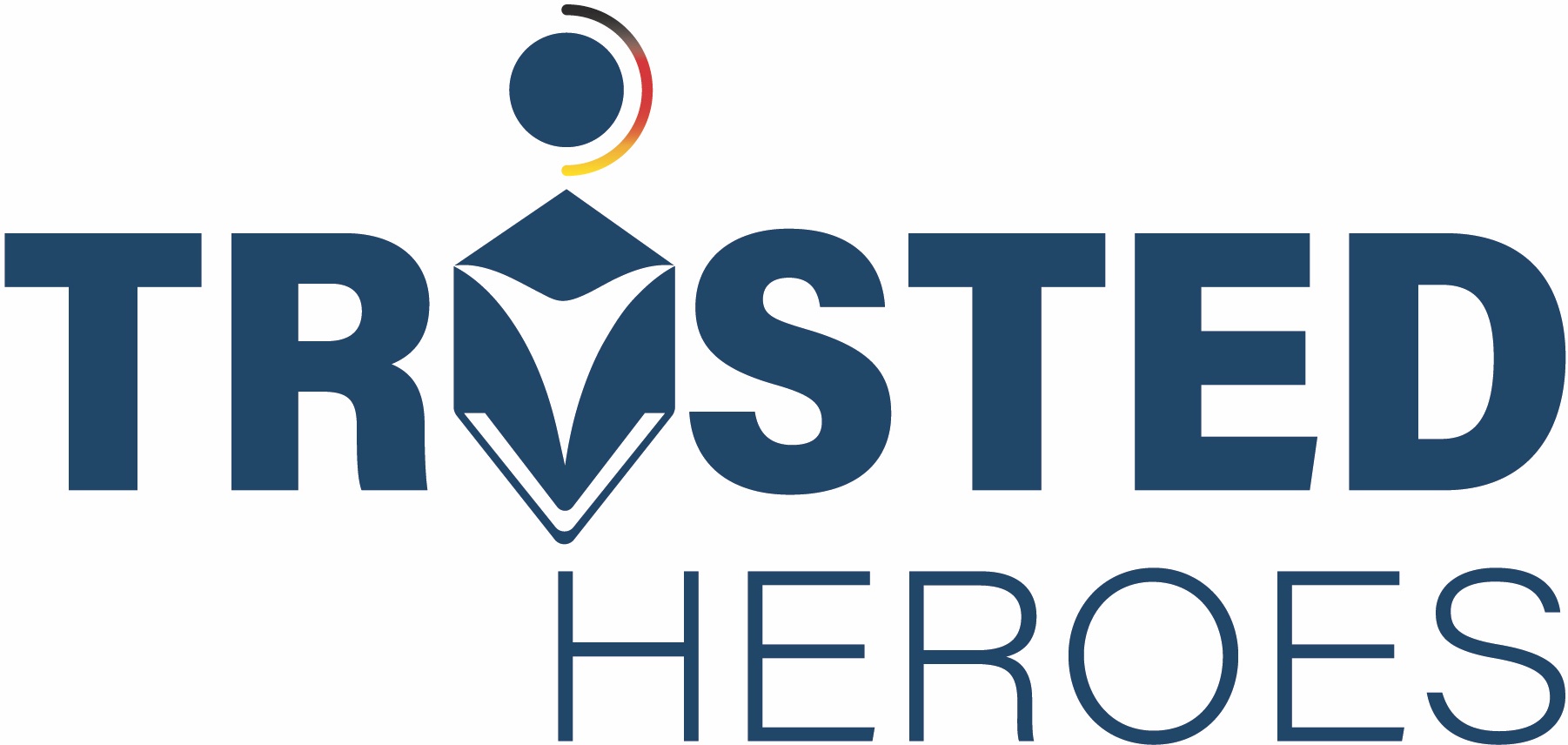Verification, a term frequently encountered in technical and scientific fields, plays a central role in ensuring that products, processes, or systems properly fulfill their assigned tasks and functions. But what exactly does verification mean, and why is it so important?
Fundamentally, verification refers to the process of checking whether a specific product, process, or system meets its specified requirements and thus functions as intended. It is a systematic approach, often carried out through tests, analyses, or inspections, to ensure that the developed or implemented item conforms to its design specifications.
In product development, for example, this means that every manufactured product is carefully tested to ensure it meets the specified requirements. An automobile manufacturer, for instance, would subject each newly developed vehicle model to a series of verification tests to ensure it meets safety standards, achieves the correct fuel efficiency, and possesses other specified characteristics.
In software development, verification refers to the process of ensuring that a program or application meets the requirements and specifications established during the design phase. This can be achieved through unit tests, integration tests, and other testing methods to confirm that the code functions as intended.
Another example can come from the field of engineering. A newly designed bridge system would be verified to ensure that it can carry the intended weight, withstand environmental elements, and meet the specified design and safety criteria.
But why is verification so important? It not only serves as a guarantee for the integrity of a product or system but also protects end consumers, companies, and even the environment. Products that are not properly verified can lead to malfunctions, which in turn can cause economic losses, health risks, or environmental damage.
In conclusion, verification is an indispensable step in almost all development and production processes. It ensures that the final product, process, or system not only meets specifications but is also safe and reliable. In a world increasingly dependent on technology and innovations, the importance of verification cannot be underestimated.





